Europe-China Forum
Next event In person & livestreamed

- Area of Expertise
- Global Europe
Global Europe
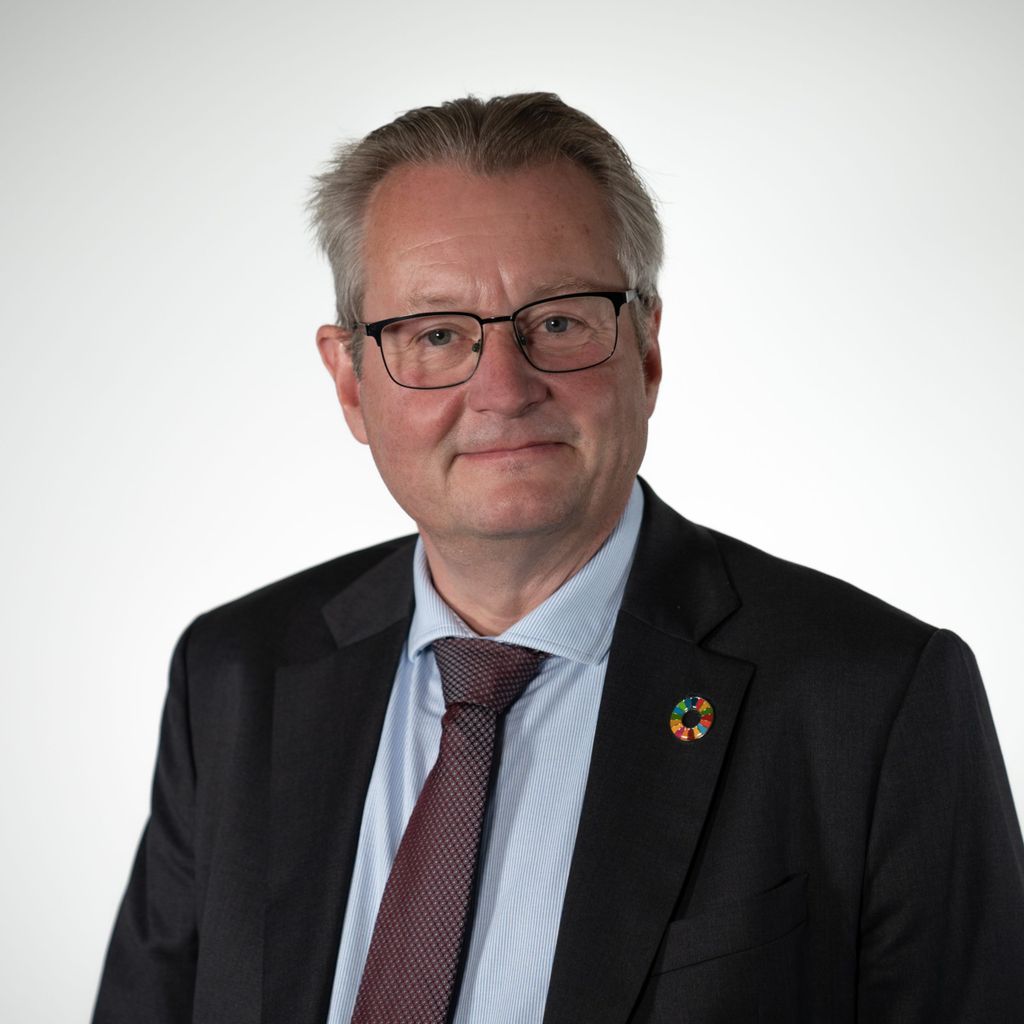
United Nations Under-Secretary-General and former UNOPS acting executive director
Home, schools, hospitals, roads, power stations… These are more than just constructions. They form the backbone of functioning lives. They mean shelter, education and health. They are about connecting communities to livelihoods, reducing inequalities and building resilience against shocks. And they are critical for sustaining peaceful, prosperous lives.
Essentially, infrastructure underpins sustainable development. And because it is built to last, it can define development trajectories for years to come. So, today’s infrastructure decisions matter for the futures of countries and communities.
As it happens, we are in a significant moment of history for such decisions. More infrastructure is being built around the world today than at any other time in history. One estimate by the Global Infrastructure Outlook suggests that our world needs $94tn spent on infrastructure by 2040. In the face of the climate crisis, we need to make sure this investment exercise focuses on sustainable, resilient and inclusive infrastructure.
We need investment that concentrates on mitigating climate change and building adaptive infrastructure that can weather future shocks. Decision-makers need to understand – and act on – the significant role that infrastructure plays both in climate mitigation as well as adaptation efforts. In other words, how do we develop the right types of infrastructure that ensure economic growth is achieved in a sustainable and inclusive way?
The project opened up to the private sector to run the power supply network
This is a significant undertaking. Infrastructure decisions are not just costly, but they also affect many lives. So, they should involve stakeholders across all levels, from national governments and international actors, to local authorities and the communities involved. In short, getting infrastructure right requires working in close partnerships.
Take the energy sector, for example. With the rapid growth in energy demand, we need concerted and focused efforts to reconcile this demand with the sustainable transition that our world needs. These efforts are particularly relevant in the current climate. With high energy prices, renewable alternatives have become directly cost-competitive, both in terms of economic viability and energy security, as renewable energy reduces dependence on volatile fossil fuel prices and imports.
Here, the organisation that I lead, UNOPS, along with many European partners, are looking at ways to push the energy transition in order to address emissions while generating positive socio-economic impact. The Southeast Asia Energy Transition Partnership (ETP), for example, seeks to support Indonesia, Vietnam and the Philippines to transition towards a sustainable energy system.
While developing economies have their own unique set of challenges, the underlying questions about sustainable and inclusive growth apply to many of the least developed countries (LDCs) in which UNOPS works too. In Sierra Leone, UNOPS works with a range of partners to improve access to clean energy in rural areas. The Rural Renewable Energy Project (RREP) was developed to support the Government of Sierra Leone’s goals towards low emissions, climate resilience, gender sensitivity and sustainable growth trajectory. It involved creating mini-grids to allow electricity access to hospitals, houses, schools and businesses. To ensure financial sustainability, the project opened up to the private sector to run the power supply network in each village. This resulted in improved access to health, better education outcomes, more income-generating opportunities at the local level and better vaccination ability during the pandemic. This work continues and serves as strong evidence of the power of partnerships at many levels to deliver development outcomes.
Women, in particular, bear the brunt
Similarly, the world needs serious efforts to improve digital connectivity – a key driver of sustainable growth and inclusion. As of 2021, an estimated 95% of the world’s population is covered by a mobile-broadband network, according to the 2022 UN report on the Sustainable Development Goals (SDGs). But here, too, inequities and gaps persist. In LDCs and landlocked developing countries, 17% of the population does not have any coverage. Women, in particular, bear the brunt in this regard. Fewer than one in every five women in LDCs used the internet in 2020. Of course, connectivity is one matter, but having an internet-enabled device and the skills to use it is another. And so, as with much of infrastructure development, investing in skills is equally important.
The scale of the challenge is huge – but so are the opportunities that the right infrastructure, done well, can offer.
Multilateral cooperation is key to the success of infrastructure initiatives and ultimately central to delivering on ambitious agendas, such as the 2030 Agenda and the Paris Agreement. The EU’s Global Gateway strategy offers another much-needed boost to multilateral efforts to create the connections that our future needs.
Time is running out, so this may be one of our last opportunities to respond to today’s urgent needs while setting the path of prosperity for the future. Together, let’s seize this opportunity and build a sustainable, resilient and inclusive world for all.
This article is a contribution from a member or partner organisation of Friends of Europe. The views expressed in this #CriticalThinking article reflect those of the author(s) and not of Friends of Europe.
Next event In person & livestreamed

Past event
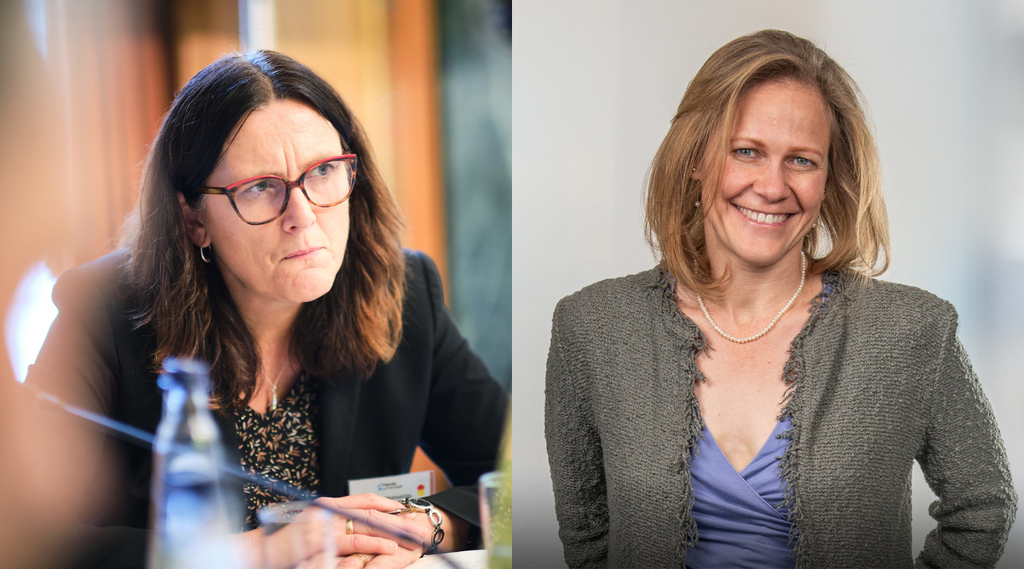
Past event Online
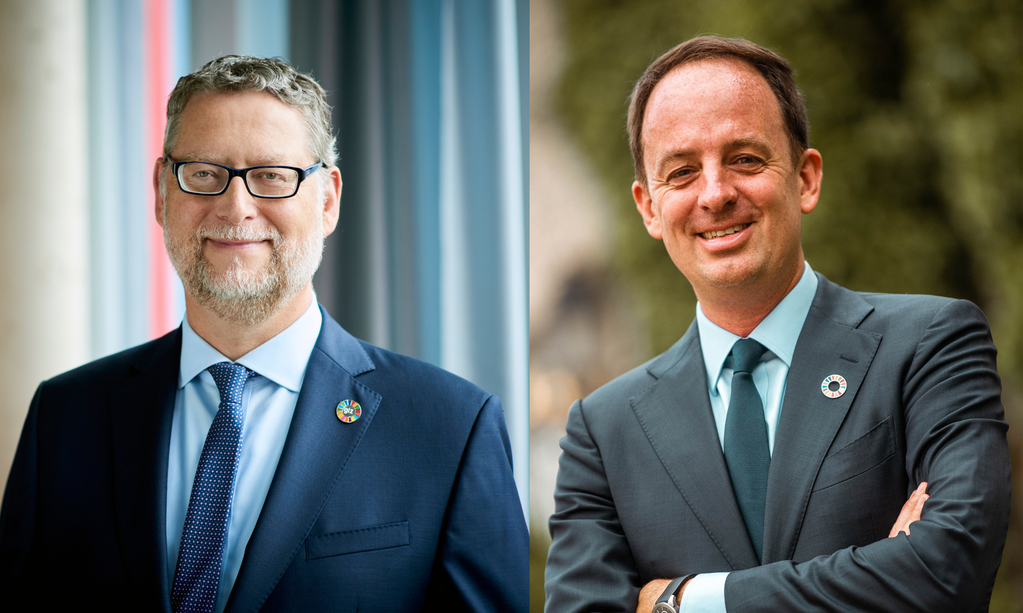
Past event IN PERSON & ONLINE

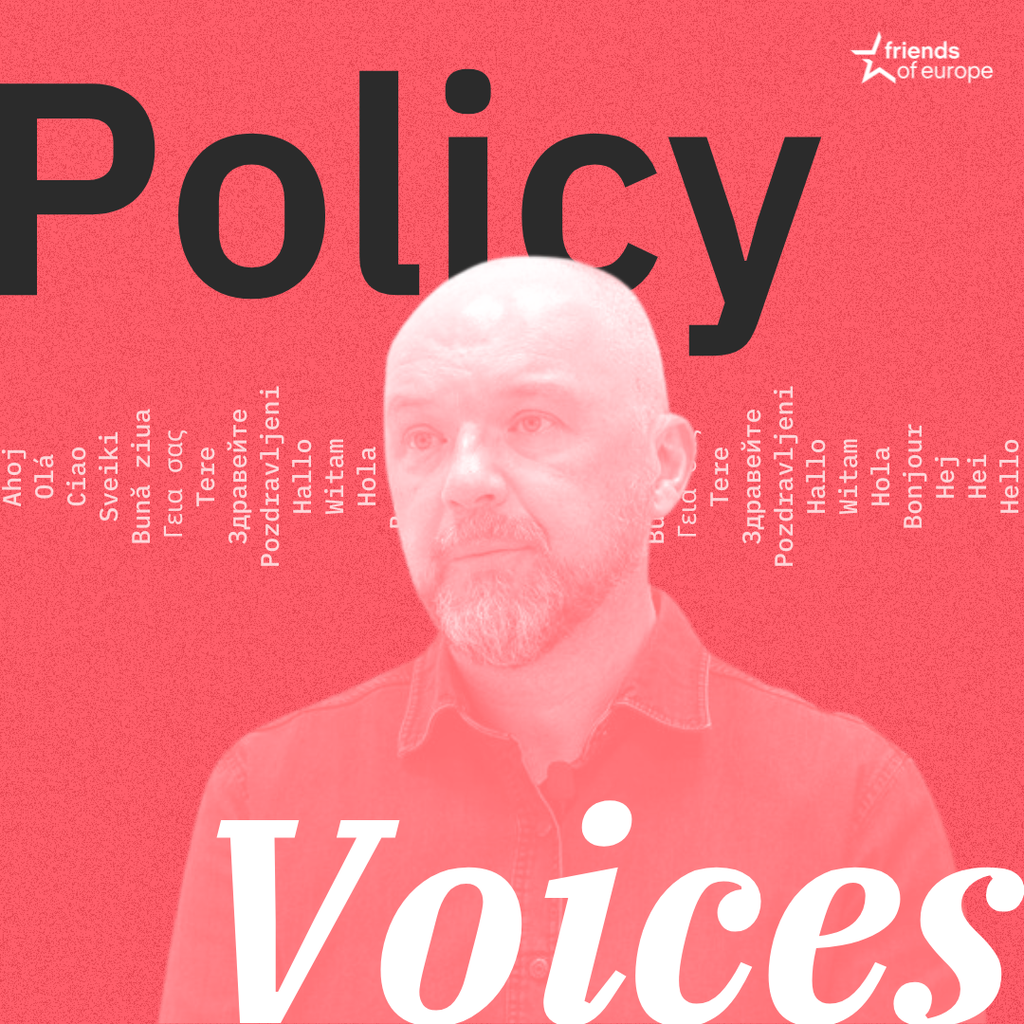
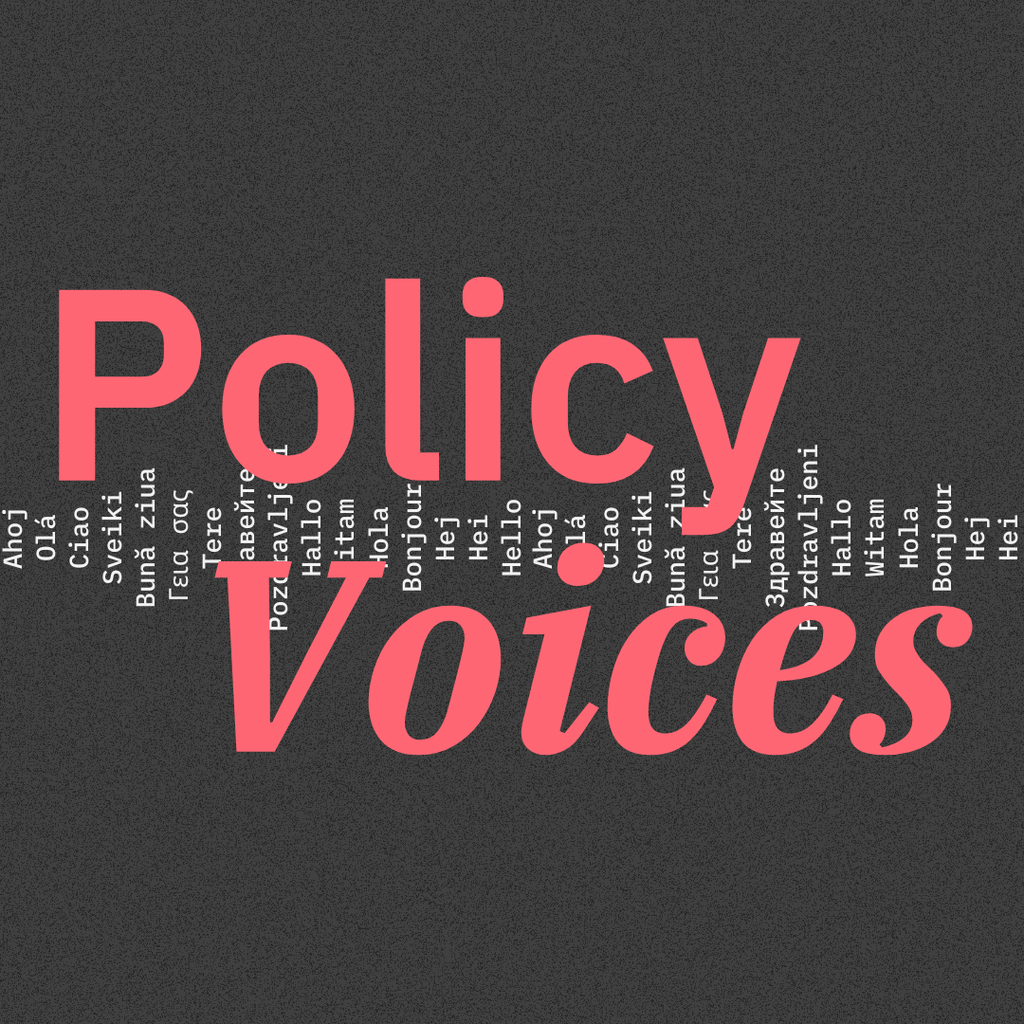
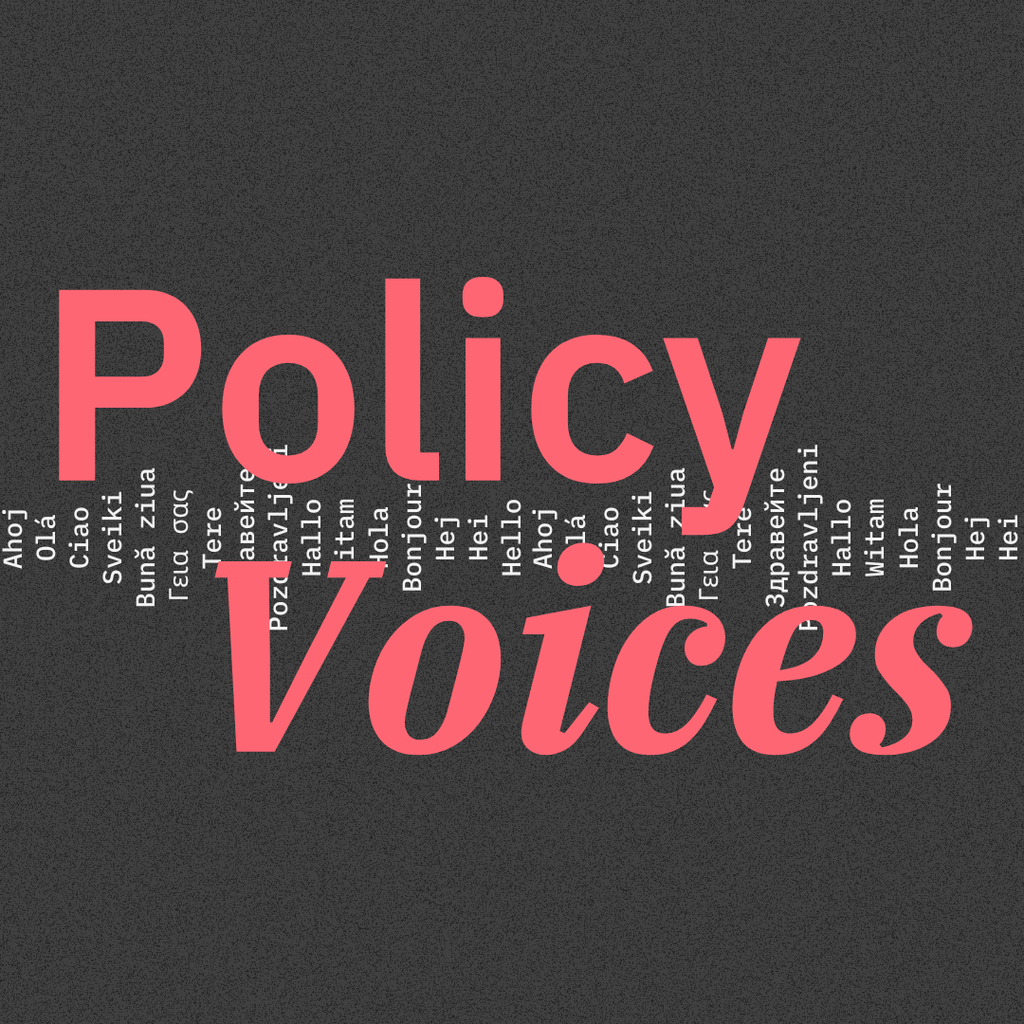

Stay informed
We use cookies and similar technologies to adjust your preferences, analyze traffic and measure the effectiveness of our campaigns. Learn more about our privacy policy.